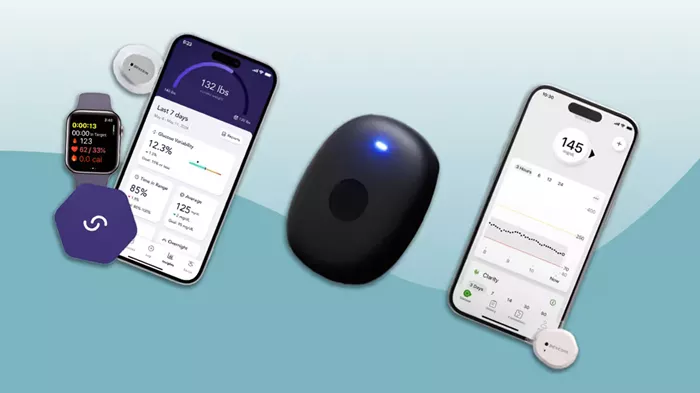If you have diabetes, checking your blood sugar levels is an important part of managing your health. There are two main ways to do this: using a blood glucose meter (glucometer) or a continuous glucose monitor (CGM). Both tools help you keep track of your glucose, but they work differently and have different pros and cons.
What Are Glucometers and CGMs?
A glucometer requires you to prick your finger to get a small blood sample. This gives you a reading of your blood sugar at that exact moment. Many people check their levels several times a day using this method.
A continuous glucose monitor (CGM) uses a tiny sensor placed just under your skin, usually on your arm or belly. It measures glucose levels in the fluid under your skin every few minutes, 24 hours a day. The data is sent to a device or smartphone app, so you can see your glucose trends throughout the day and night.
Accuracy: Fingerstick vs. CGM
Fingerstick tests with glucometers are very accurate and meet strict FDA standards. They give precise results that you can trust to make decisions about your diabetes care.
CGMs provide continuous data but can be less accurate because they measure glucose in the fluid under your skin, not directly in your blood. Factors like sensor calibration and your body chemistry can affect readings. For this reason, it’s important to confirm CGM results with a fingerstick test before changing your treatment.
Pros and Cons of Each Device
Glucometers are accurate, easy to use, and usually less expensive. However, pricking your finger multiple times a day can be uncomfortable. There are alternative site testers that use other body parts, but they may not be as accurate.
CGMs offer detailed information about your glucose levels over time and can alert you if your blood sugar is too high or too low. This helps you react quickly to prevent problems. CGMs also reduce the number of finger pricks you need. However, they require learning how to insert sensors, use apps, and manage alarms, which can take time to get used to. They are also more expensive and may not be fully covered by insurance.
What About Insurance?
Insurance coverage for glucometers and CGMs varies. Private insurance plans may only cover specific brands or limit the number of test strips you can get. Medicare covers test strips and CGMs for people who use insulin but has rules about brands and quantities.
Because costs and coverage differ, it’s important to check with your insurance provider before choosing a device. Remember, CGMs require sensor replacements regularly, which adds to the cost.
Final Advice
Choosing between a glucometer and a CGM depends on your lifestyle, budget, and medical needs. Talk with your healthcare team to find the best option for you. Both tools are valuable for managing diabetes and keeping your blood sugar in a healthy range.
Read more:
- Can Low Testosterone Cause Type 2 Diabetes?
- Blood and Urine Tests Reveal Hidden Ultra-Processed Food Intake
- Diabetes Drug Pioglitazone May Slow Prostate Cancer Progression


